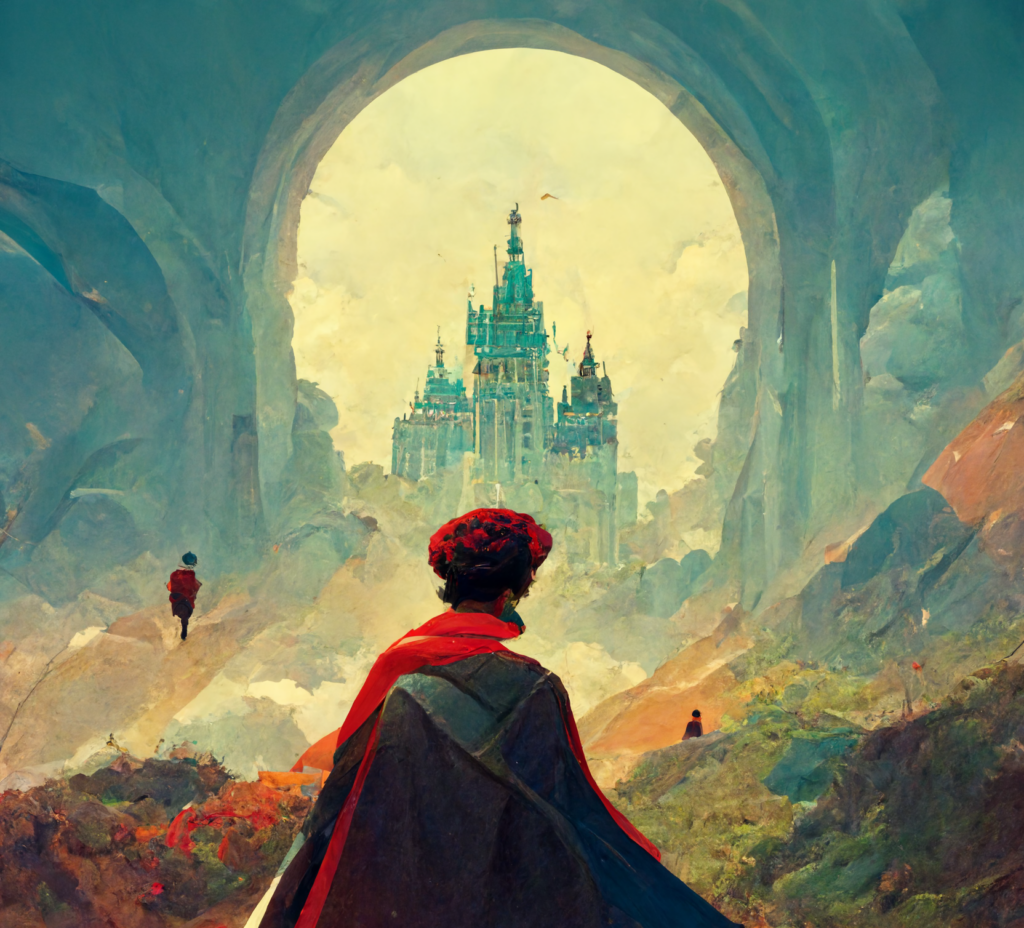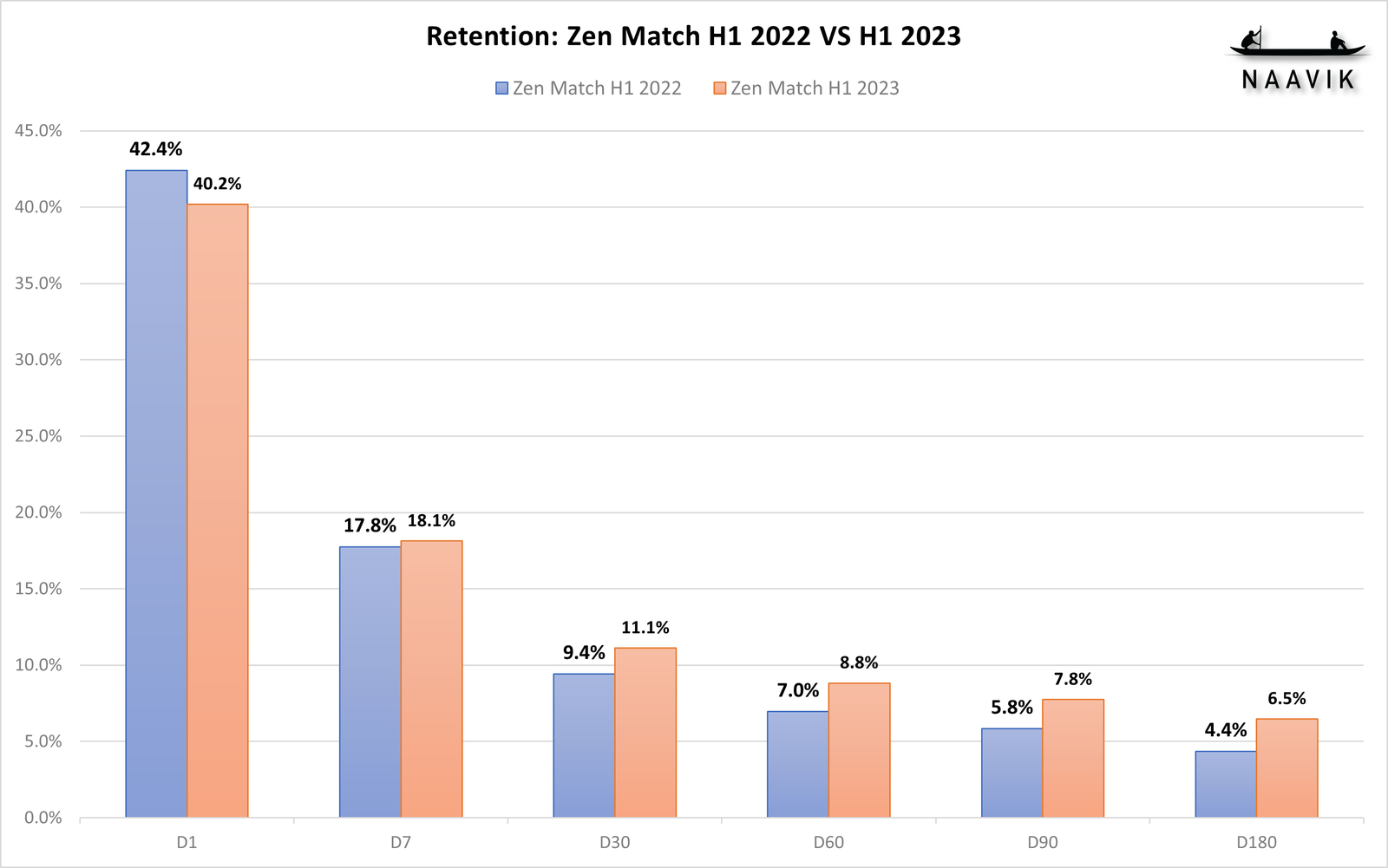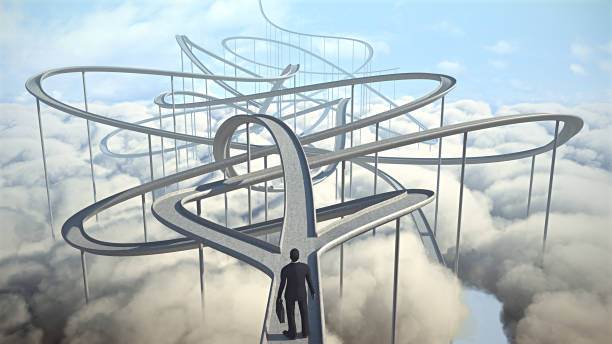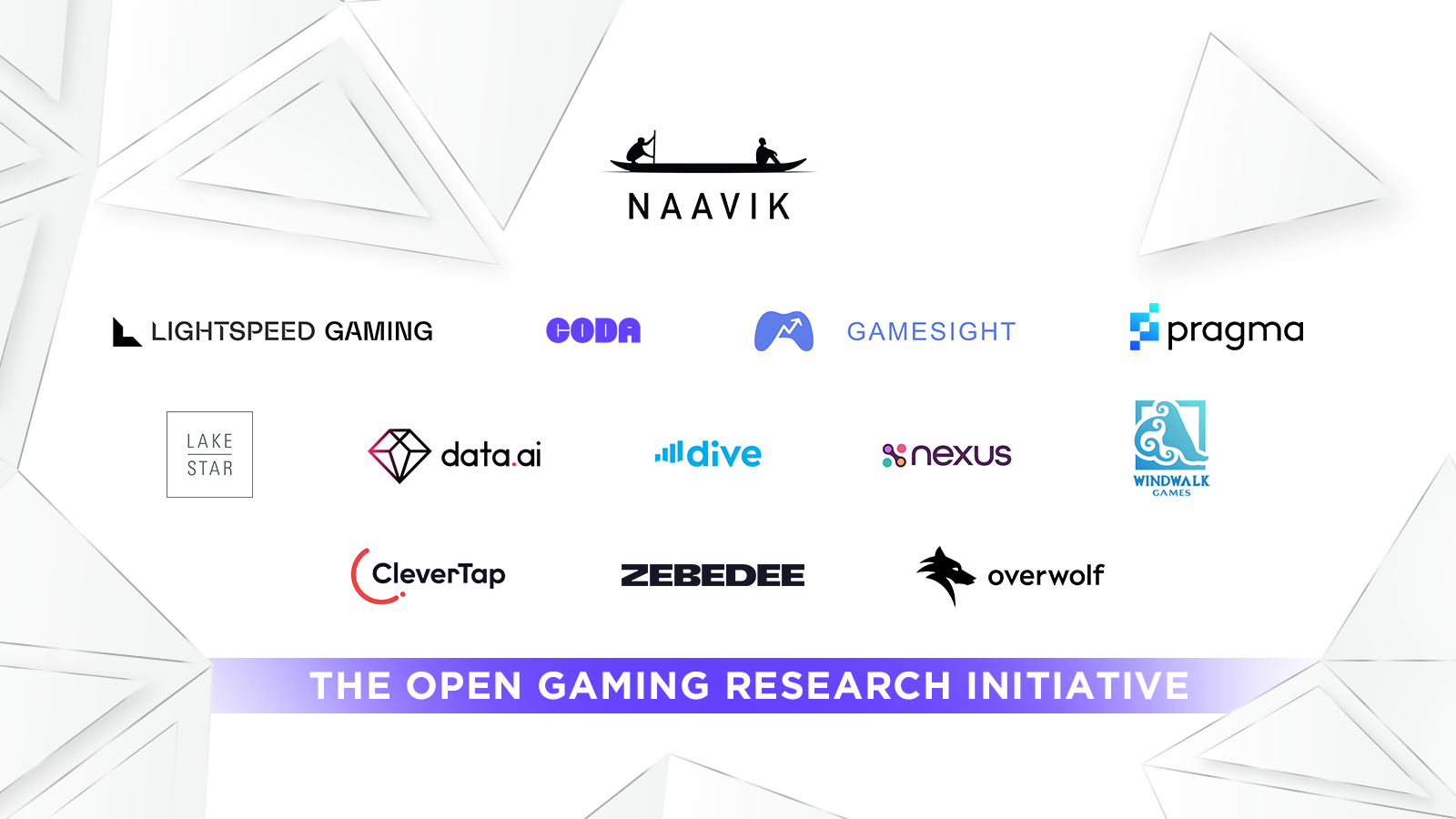
Most people familiar with writing stories know about the Hero’s Journey, a template for crafting stories about a character who goes on an adventure, vanquishes a foe, and returns victorious and transformed. In games, though, we have the Player’s Journey, a framework to let players inhabit the worlds we have created as heroes or heroines in their own personal narratives.
What is a Player’s Journey? Boiled down to its very essence, it is giving the player a grand aspiration and a series of steps to get there. In a real-world context, it is akin to a football player (soccer to those in the US) that aspires to play for Manchester United and win the Premier League (or join the Green Bay Packers and win the Superbowl). They may have a grand vision, but the journey of a thousand miles begins with a single step. They’ll first have to prove themselves in a third-tier league (Wycombe Wanderers), gain promotion, and progress along their journey to the top. Without an end target or the steps to get there, the player flounders and ends up accomplishing nothing.
In games, a player’s grand aspiration will be determined by a factor of the game’s genre and player type. Whether you classify players using the Bartle Player Types or Quantic Foundry’s Gamer Types, the motivation profile of the player will steer them towards different goals. Perhaps it’s to reach a certain rank in PVP, collect all the [insert collectible here], or complete the storyline. With the grand aspiration sorted, the player then must be able to get there, and again, depending on genre, it could be finishing levels, completing quests, or defeating opponents.
Whatever the method, games that can inspire players to aim for something great and to keep chipping away at this target will keep them engaged for longer than games that do not.
Let’s compare the games Royal Match versus Zen Match. While both games have a similar structure (solve puzzle -> light decoration -> repeat), Royal Match does a better job of inspiring players to form a long-term relationship with the game. It accomplishes this via several methods:
- A quick FTUE that introduces the premise: You are the King, and you need to build up your castle lands.
- Not showing all of the customization options all at once and overwhelming the player with a long task list.
- A simple progression list showing you all the areas you can decorate in the future.
This helps players form a grand aspiration to completely build up the castle grounds, and the way to get there is to simply renovate the rooms in sequence.

At launch time, Zen Match, simply began with a room to decorate, exposed all customization options, and didn’t allow players to preview future rooms. As a result of this, players would find it hard to form a grand aspiration and visualize the steps to get there. This is then reflected in the retention KPI as Royal Match showed much stronger results than Zen Match (Royal Match also had the advantage of a very strong live ops strategy).

Zen Match has since introduced a series of updates that revamp how levels and progression are presented and included social competition. Customizations are now only introduced in Level 5, you can now preview upcoming rooms and tile sets, and it’s introduced leaderboards which pits the best players against each other.

The new features allow players to form a grand aspiration (perhaps to top the Leaderboard for your Country) while the steps to get there are now exposed, and it has resulted in a good bump to Zen Match’s mid and long-term retention.

Goooooooaaaals!
Goals are simply objectives that players aim to complete in the game (the player’s grand aspiration is simply a long-term goal), but there are several elements we need to talk about so we can create goals that players will want to aim for.
Intrinsic vs Extrinsic
Extrinsic goals are ones that are given to the player by the game. We commonly see this implemented as Daily Tasks/Missions/Quests where players tick off a checklist of “things” to do in the game in exchange for rewards. While these can be effective features for giving players things to aim for within a session (or even sessions), they are unlikely to keep players motivated for an extended period of time (unless the generated tasks are aligned with the player’s own goals).
Intrinsic goals, on the other hand, are internalized objectives and are extremely powerful as players that form strong intrinsic goals will be highly motivated to accomplish them. If you’ve ever tried to encourage somebody to do something they aren’t keen on (“Come for a run with me!”) and seen the difference when they decide to do it on their own volition, you’ll know that the difference in outcome is night and day.
An example of an intrinsic goal is a Clash Royale player wishing to reach the Ultimate Champion league or for a Real Racing player to own all the cars in the game. Neither of the goals are formally presented as targets to complete but are formed by the players themselves due to their personality and play style. As we’ve mentioned above, the types of intrinsic goals players will form are highly dependent on player type. Someone that is strongly a Bartle Achiever will form goals around collection and level completion while a Killer will want goals that can show off their prowess in defeating their opponents like PVP ranks and badges.
Well-designed games will link extrinsic goals with intrinsic ones. For example, in Brawl Stars, a player may have an intrinsic goal to earn the new Brawler in the Brawl Pass. The game conveniently then provides several extrinsic goals in the form of Quests which, when completed, help the player towards their real target. I don’t really want to play with El Primo (I don’t like short-ranged Brawlers), but if it’ll help me along the Brawl Pass, I’ll do it. This also has a secondary advantage of introducing variety to a player’s playing routine.

Step By Step
It’s important that players new to a game are able to envision themselves playing it for a long time, and the way to do that is to help them form their grand aspirations early on. For casual games, it can be as simple as displaying the saga map in Candy Crush, but more complex mid-core games will need to ease the player in. Unless a player is extremely skilled and familiar with the genre, they’ll typically need some time to come to terms with all the things that a game offers. Often, there are so many features, game modes, and things to do that it can be overwhelming.

This is where the aforementioned extrinsic goals can come into play. Using a Daily Task or Login Calendar or the myriad features detailed in this article by GameRefinery will help give the player something to focus on, giving them time to understand the game and the sort of grand aspiration they might want to aim for.
In order to do that, it is useful to give them a glimpse of what their futures could be. Essentially, you need what Walt Disney called a “weenie.” A weenie is a large visual showpiece designed to be seen from a distance and pique your interest, with Cinderella’s castle in Disneyland as the most famous example. For games, we can take the concept of the weenie and apply it in various ways. For example, Brawl Stars introduces the Trophy Road and allows the player to scroll all the way to the end and see all the rewards they can get. In Genshin Impact, you start off on the beach surrounded by high cliff faces and the sea. The only path out leads you upwards, eventually bringing you to a ledge where the view opens up into an open world with a city just barely visible on the horizon, teasing the player on the vast opportunities that lie ahead.

If a game is able to get players to form a grand aspiration but makes the path toward that goal too complex and convoluted, then players would quickly lose interest and churn out. In our football (soccer for Americans) example, the path towards winning the Premier League is, in fact, complex, difficult, and full of twists and turns. The key is to break it down into chunks so that the player is not overwhelmed by the long journey ahead, and the way we do it is to create short-, medium-, and long-term goals.
Short-term goals are ones that can be completed quickly, preferably within a session or two. An example is the completion of a decoration task in Royal Match. A medium-term goal is one that takes a longer period of time; for example, decorating an entire room (or unlocking a particular room) in Royal Match. A long-term goal is simply one that can help fuel player engagement for a long time; in our Royal Match example it could be to complete all rooms (or reach a particular one), and for our football player it would be to join Manchester United.
The key to these goals is that they should form goal chains. Completing short-term goals should lead to medium-term goals which lead to completing the long-term goals. It’s pretty clear and simple in games like Royal Match (completing a decoration -> completing a room -> completing all rooms) but can be a little more difficult for mid-core games.
A game that used to do this well is Brawl Stars thanks to its Trophy Road mechanic. The caveat here is that the Trophy Road has changed significantly since launch (Supercell have now put Brawlers into a separate Starr Road which you purchase with Credits) so we’ll be talking about the Trophy Road as it used to be.
The Trophy Road is a progression path using the combined Trophy count of all of the player’s Brawlers. There are milestones along the Trophy Road that, when reached, will reward the player, with the most desirable rewards being new Brawlers (before they got moved to the Starr Road). The beauty of the system is that it allows players to form medium- and long-term goals (“I want to unlock a new Brawler”) and gives them short-term steps, in the form of milestones, to reach them. The spread of Brawlers along the Trophy Road was also brilliant as each unlocked Brawler became a source of more trophies to help the player unlock the next one.

A more game-agnostic feature that can facilitate a similar short-to-long-term goal chain is the now ubiquitous Battle Pass (64% of the top 100 grossing games in the US use battle passes). When implemented properly, it can significantly increase both player engagement and spend. PUBG Mobile introduced its Royale Pass in June 2018, and as you can see in the charts below, it had a significant impact on its baseline revenue.


While we won’t go into the specifics of how to implement battle passes, we want to put in a word of caution that just because you add a battle pass to your game doesn’t mean that you’ll see an engagement uplift, as you can screw up battle passes.
Take Tennis Clash’s implementation of battle passes, called Pro Pass. The rewards for both the free and premium tracks are made up of loot boxes which give you rewards that you can also earn from multiple other areas of the game. This makes the pass much less attractive than in Brawl Stars’ implementation which features an exclusive new character that can only be won via the Brawl Pass while it is in season. It also rewards that Brawler in the middle of the pass, reserving an exclusive skin as the penultimate reward of the season.

Tennis Clash’s lackluster Battle Pass has resulted in negligible differences in retention and, in fact, the 3 months after the Pro Pass was added (August 2020) saw lower retention numbers with no increase in revenue!


Goal Density & Variety
A key point to ensure that players don’t get bored while chasing their grand aspiration is to provide enough goals of different types so that they don’t get bored. Essentially, we want to provide multiple avenues of growth for players as that will then give them different things to chase. For example, in Brawl Stars, there are a few ways that players can grow in the game:
- Mechanical Skill: They can get better at the action gameplay; namely, the hand-eye coordination needed to aim shots, predict trajectories, and the timing for triggering special moves.
- Brawler Familiarization: Players can also become better at understanding each Brawler’s strengths and weaknesses and how they should play depending on the makeup of their team and opponents.
- Meta-efficiency: As players play the game more, they can find ways to improve efficiency in the metagame. For example, a Brawl Pass may have a daily quest to win three battles with Dynamike and a weekly quest to win three battles in Gem Grab. An experienced player would be able to kill two birds with one stone by playing Dynamike and winning three battles.
This means that Brawl Stars can provide players with many different types of goals, be they intrinsic or extrinsic. You can see this in the variety of quests in the Brawl Pass. In contrast, Tennis Clash does a relatively poor job at this, and the challenges in the Pro Pass are often just things you would have accomplished by playing anyway, such as accumulating points and winning matches (again, explaining why its implementation of battle passes did not result in the desired outcomes).
Conclusion
The best games are the ones that able to keep their players motivated and engaged for a long period of time by giving them something to aim for and the steps to reach it. By getting your Player Journey right, you can ensure that players see value in a long-term relationship with your game, ultimately increasing the chances that they’ll keep playing and hopefully spend. Get it wrong, however, and players will churn, leaving you scrambling to resolve the problem which may be too little, too late.
A big thanks to our Open Gaming Research Initiative partners for helping support Naavik’s free research. Learn more about them here.

Naavik has helped 250+ games teams with game & economy design, market research, user acquisition, and more. If interested in how Naavik can help your team, make sure to learn more and get in touch.


